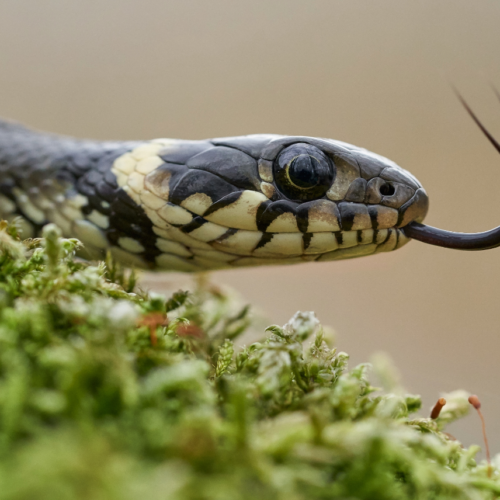We recently wrote about Thomson Unicomarine’s work monitoring the distribution of alien marine invasive species in the Orwell and Stour Estuaries for Harwich Haven Authority. While preliminary results suggests that there are no reasons for concern in Harwich, our colleagues in Norway face a challenge of much larger (literally) magnitude in the Barents Sea, with the king red crab (Paralithodes camschaticus).
The king crab, one of the largest crustacean species, is native to Alaskan seas and the North Pacific, and it was deliberately introduced to the Barents Sea by Russian scientists in the 1960s, though early attempts were also made during the 1950s. The objective of the introduction was to create a new fishery, as the adults can reach a diameter of 1.5m and weight up to 10kg.
Initially established in the Russian coast of the Barents Sea, king crab populations soon extended to Norwegian waters, and while the extent of colonisation is still undetermined, single crabs have been captured in the south of Norway, not far from Bergen. They have no predators in the Barents Sea, the Norwegian Sea, the North Sea and the North Atlantic, so potentially they can reach a much wider distribution zone. A lucrative fishery was soon established in Norway, as the flesh is of high quality, as Thomson Unicomarine’s principal marine consultant Daniel Bastreri had the opportunity to verify during a recent visit to Bergen.
However, there are serious concerns about the potential significant adverse impact of the establishment of populations of king crab in their new habitats. They are generalist feeders, but they prefer large individuals of bivalves, echinoderms and siphunculids, and they can potentially affect the benthic ecosystem, as most of its prey organisms are benthic (bottom-dwelling) species.
The magnitude of this impact is difficult to ascertain, due to the lack of knowledge of the local benthic communities before the introduction of the king crab. One study undertaken in Varangerfjord, Norway, revealed significant changes in the benthic community structure after king crab had been present in high densities for a long period. These changes included a reduction in the number of species and biomass, and that all large specimens of bivalves, echinoderms and polychaetes were absent. The bottom sediment quality was also affected by the feeding activities of the king crab.
WWF Norway estimates that the crab’s population has increased sixfold since 1995, to reach a number of at least 12 million only in the Barents Sea. WWF believe that any economic benefits derived from this population explosion may be vastly outweighed by the magnitude of their adverse impacts. Initially, the king crab populations were regarded as a valuable fishery by the Norwegian authorities, but since 2000 they are also regarded as an invasive species, and a potential threat to the marine environment. Management measures were implemented to stop the spread of the crab beyond a quota-regulated area in eastern Finnmark, where they are harvested with a long-term revenue objective. A non-regulated free fishery was introduced in areas outside the quota-regulated area, on the basis that long-term exploitation is an economical way of getting rid of all king crabs caught in Norwegian waters. Daniel is glad that he did his bit!










